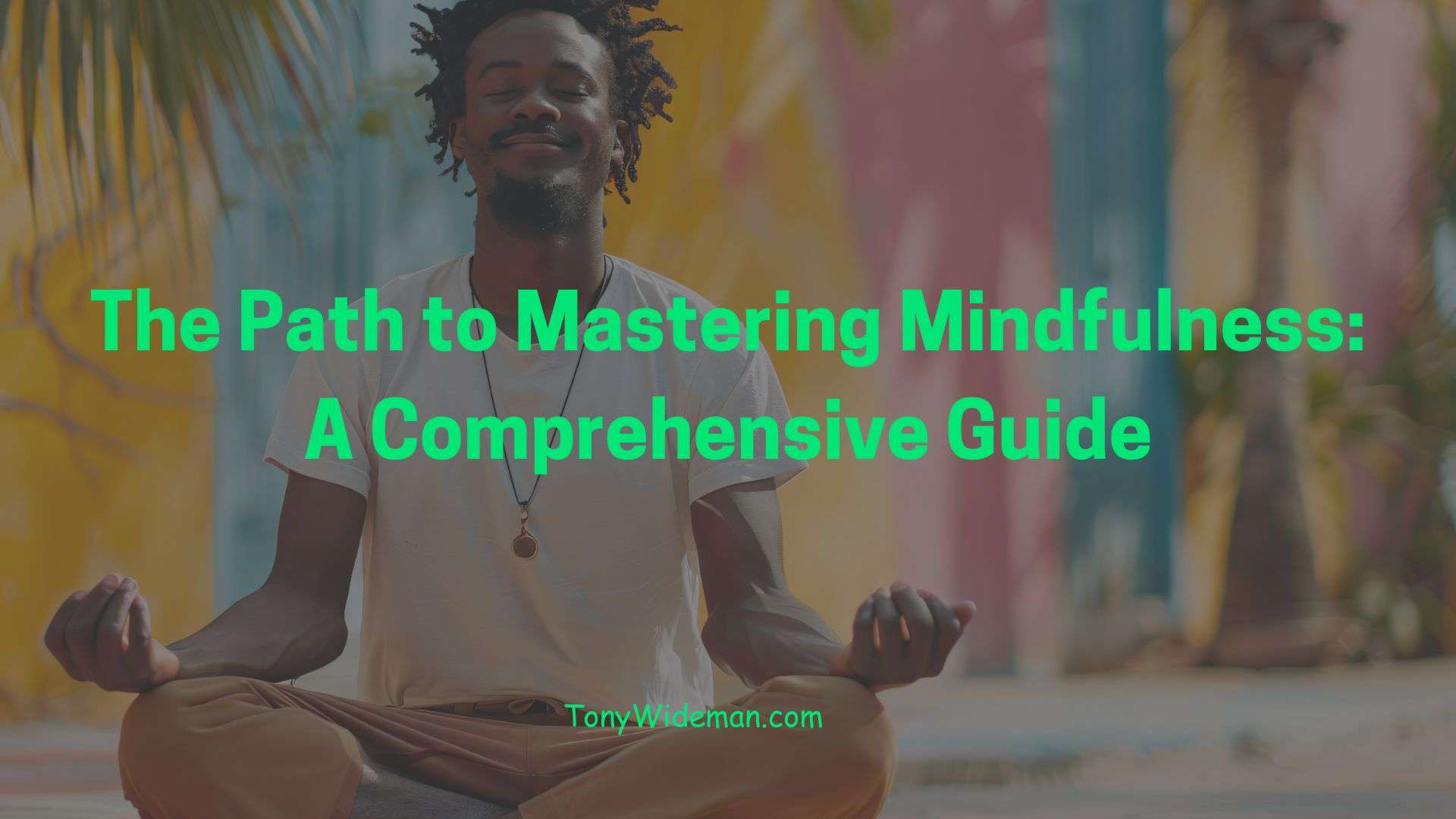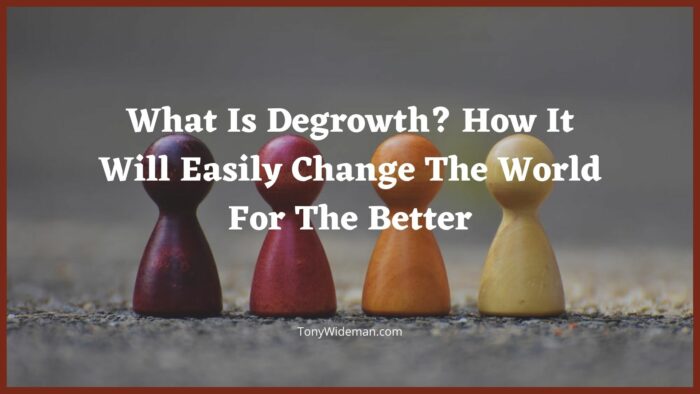The Path to Mastering Mindfulness: A Comprehensive Guide

Mastering Mindfulness, a practice rooted in ancient traditions, has become a cornerstone of modern well-being. By fostering an awareness of the present moment, mindfulness can significantly improve mental clarity, emotional regulation, and overall quality of life.
This guide provides a detailed exploration of mindfulness, offering practical techniques and insights to help you integrate mindfulness into your daily routine.
Understanding Mindfulness
Mindfulness is intentionally focusing on the present moment and accepting it without judgment. Various techniques can cultivate this heightened awareness, which we will explore in detail.
The Origins of Mindfulness
Mindfulness has its roots in Buddhist meditation practices, particularly Vipassana, which emphasizes insight into the nature of reality.
Over time, mindfulness has been adapted into secular practices, most notably through the work of Jon Kabat-Zinn and his development of Mindfulness-Based Stress Reduction (MBSR).
The Benefits of Mastering Mindfulness
Psychological Benefits
- Reduced Stress: Mindfulness can lower cortisol levels, the body’s primary stress hormone.
- Improved Focus: Regular practice enhances concentration and cognitive flexibility.
- Emotional Regulation: Mindfulness fosters a balanced response to emotional triggers, reducing reactivity and enhancing emotional stability.
Physical Health Benefits
- Better Sleep: Mindfulness can improve sleep quality by promoting relaxation and reducing insomnia.
- Pain Management: It has been shown to reduce pain perception and improve coping mechanisms.
- Enhanced Immunity: Regular mindfulness practice can boost immune function, helping the body fight off illness.
How to Practice Mindfulness
Mindful Breathing
Mindful breathing is the foundation of mindfulness practice. By focusing on the breath, you anchor yourself in the present moment.
Steps for Mindful Breathing
- Find a Quiet Space: Sit comfortably with your back straight and shoulders relaxed.
- Focus on Your Breath: Pay attention to the sensation of the breath entering and leaving your nostrils.
- Acknowledge Distractions: When your mind wanders, gently bring your focus back to your breath without judgment.
Body Scan Meditation
The body scan meditation involves paying close attention to the physical sensations in your body, from head to toe. This practice helps cultivate a deeper connection with your physical self and can reduce tension and stress.
Steps for Body Scan Meditation
- Lie Down Comfortably: Close your eyes and take a few deep breaths.
- Scan Your Body: Start from your toes and gradually move up to your head, noticing any sensations.
- Observe Without Judgment: Acknowledge each sensation without trying to change it.
Mindful Walking
Mindful walking transforms a simple walk into a meditative practice.
By focusing on the movement and sensations of walking, you can cultivate mindfulness even during daily activities.
Steps for Mindful Walking
- Choose a Path: Find a quiet, safe place to walk.
- Focus on Your Steps: Pay attention to each foot’s lifting, moving, and placing.
- Engage Your Senses: Notice the sights, sounds, and smells around you.
Integrating Mindfulness into Daily Life
Mindful Eating
Mindful eating involves paying full attention to the experience of eating and drinking, both inside and outside the body. This practice can improve digestion and foster a healthier relationship with food.
Steps for Mindful Eating
- Eat Slowly: Chew your food thoroughly and savor each bite.
- Focus on Flavors and Textures: Notice your food’s taste, texture, and aroma.
- Acknowledge Hunger and Fullness Cues: Listen to your body’s hunger and fullness signals.
Mindfulness in Communication
Practicing mindfulness in communication involves being fully present during conversations. This can enhance relationships and reduce misunderstandings.
Steps for Mindful Communication
- Listen Actively: Pay attention to the speaker without planning your response while they are talking.
- Respond Thoughtfully: Take a moment to consider your words before speaking.
- Stay Present: Avoid distractions and maintain eye contact.
Overcoming Challenges in Mastering Mindfulness Practice
Common Obstacles
- Restlessness: It is expected to feel restless when starting a mindfulness practice.
- Boredom: Some individuals may find mindfulness practices monotonous.
- Self-Judgment: Criticizing oneself for perceived failures in mindfulness practice can be a significant barrier.
Strategies for Overcoming Obstacles
- Set Realistic Goals: Start with short sessions and gradually increase the duration.
- Practice Self-Compassion: Treat yourself with kindness and understanding.
- Seek Support: Join mindfulness groups or seek guidance from a mindfulness instructor.
Mindfulness and Technology
Mindfulness Apps
Numerous apps are designed to support mindfulness practice. These apps offer guided meditations, reminders, and progress tracking.
Popular Mindfulness Apps
- Headspace: Offers a wide range of guided meditation and mindfulness courses.
- Calm: Provides meditation, sleep stories, and relaxation techniques.
- Insight Timer: Features an extensive library of free meditations and community features.
Conclusion
Mastering Mindfulness is a powerful tool for enhancing mental, emotional, and physical well-being. Integrating mindfulness practices into your daily life can cultivate a greater sense of presence, reduce stress, and improve overall quality of life. Start your mindfulness journey today and experience the profound benefits it can offer.
Embark on the path to mindfulness and transform your life by staying present, grounded, and engaged in every moment.








